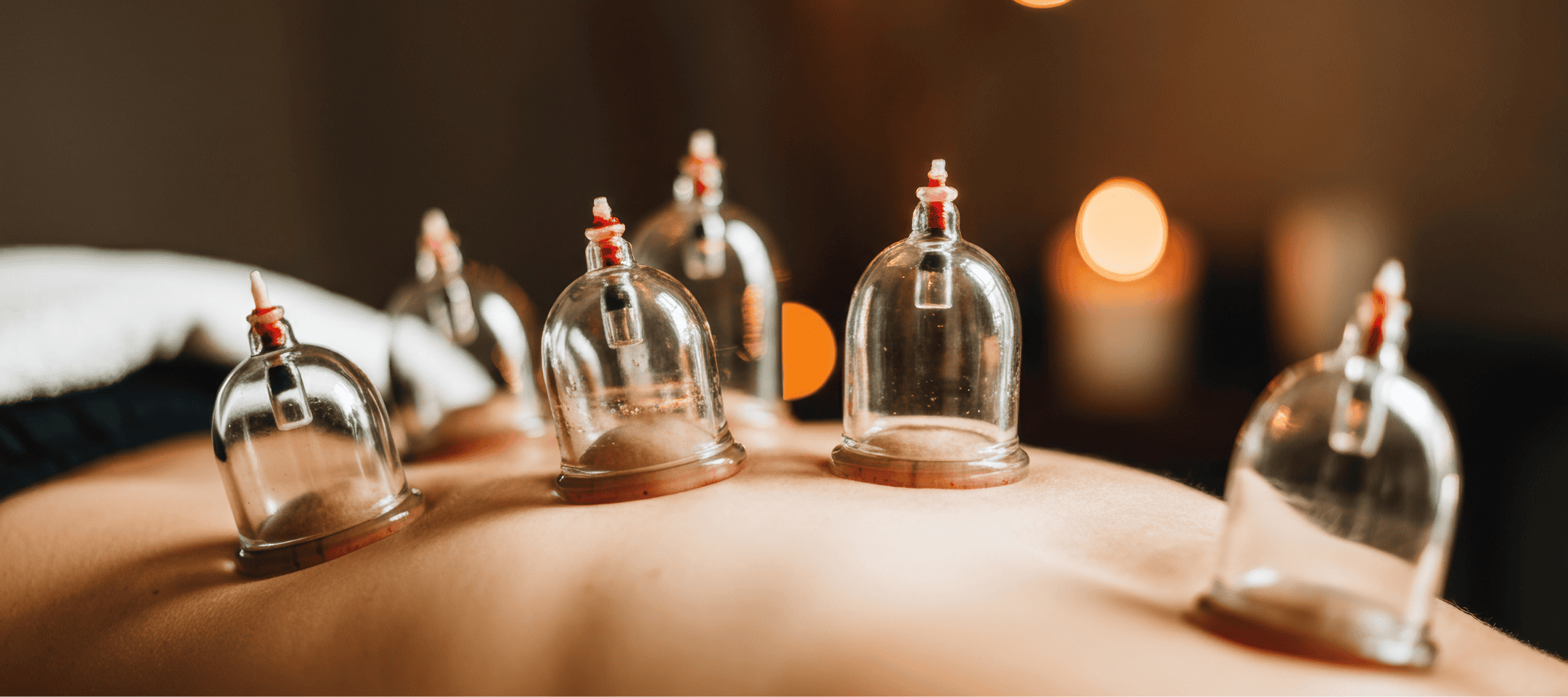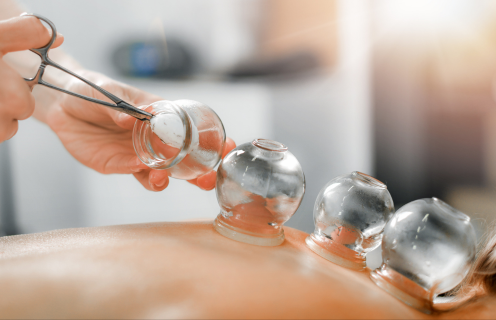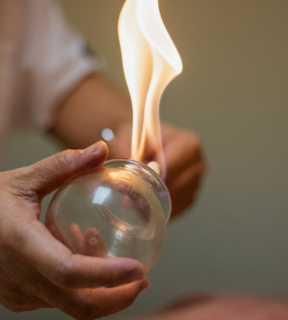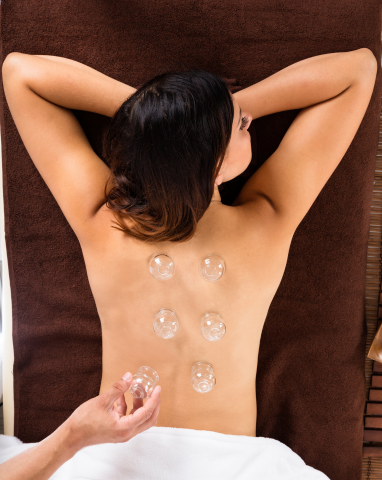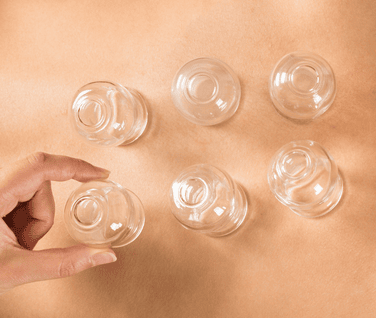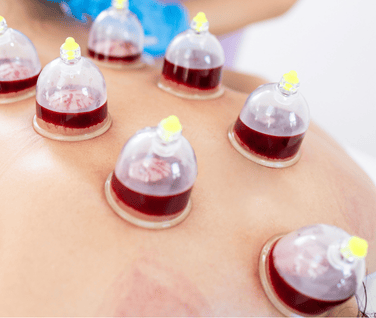Relieves Pain
Cupping stretches muscles, improves circulation, and releases tension, reducing pain [3] and promoting relaxation.
Expels Dampness and Detoxifies
Draws out excess moisture and toxins[4][5][6], revitalising the body and restoring energy.
Improves Overall Wellness
Stimulating acupoints balances organ function, modulates immunity[7], and supports overall health.


